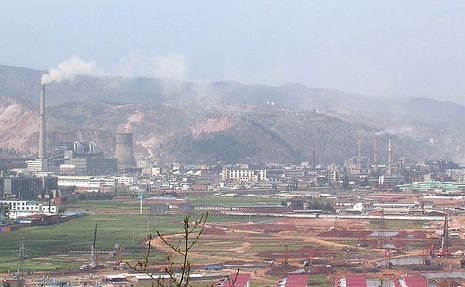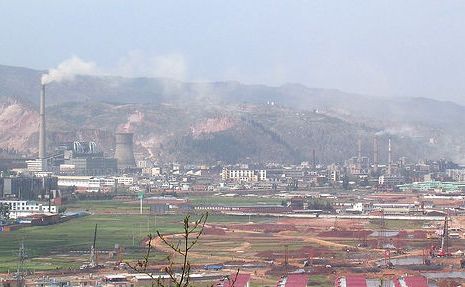World’s biggest polluter goes green
As China announces its latest five-year-plan to include cuts in carbon emissions at the expense of economic growth, calls have been made for the world’s long standing emitters to follow China, a more recent polluter’s lead.

 China is currently the world’s largest polluter, but it is also one of the newest polluters in the world. As China announces a cut in emissions that will lower the country’s GDP by over 4 per cent, calls have been made for other countries to take responsibility for their share of the problem.
China is currently the world’s largest polluter, but it is also one of the newest polluters in the world. As China announces a cut in emissions that will lower the country’s GDP by over 4 per cent, calls have been made for other countries to take responsibility for their share of the problem.
As part of China’s latest five-year-plan, they hope to make progress towards their pledge at Cancun to cut energy consumption per unit of GPD – their carbon or energy intensity – by 45 per cent by 2020, based on 2005 levels.
This equates to a vow of greater energy efficiency while not being an absolute cap on their emissions.
Over the last five years China’s GDP has risen an average of 11.2 per cent per year, while emissions have been cut by 19.1 per cent, only a little short of the 20 per cent target set in the last five-year-plan.
The latest announcement by Premier Wen Jiabao, at the annual National Party of Congress in Beijing called for energy intensity to decrease by a further 16-17 per cent leading to 2015. While this means that carbon emissions will continue to grow as the economy does, Jiabao also announced a lowered economic growth target of around 7 per cent a year.
The Chinese government also pledged to increase the proportion of non-fossil fuels in their energy portfolio, mainly through wind, hydro and nuclear power, to 11-15 percent by 2020. To meet targets, China will scrutinise the energy production chain, from suppliers to end users, looking for ways to increase efficiency.
The announcement has been welcomed by many, including critics as being ambitious but they say the question of how targets will be enforced should be considered, particularly due to the increasing imports of coal, oil and gas to the country.
With China’s ambitious targets announced, the spotlight is now on other countries to follow suit. While China is the world’s largest polluter, it is also young in terms of its impact, compared to areas such as the US and the EU.
Speaking at the London School of Economics, Mary Robinson, former President of Ireland and UN High Commissioner for Human Rights, and founder and current President of the Mary Robinson Foundation said: “I fully accept part of the climate justice means that common but differentiated differences means we must continue to take account of the historical responsibility.”
She hopes to see moves towards a legal framework of some kind to look at the climate justice relating around the historical impacts of emissions but also hopes to take advantage of all countries’ ability to make cuts.
She said: “China is already committing to a serious reduction in the five-year-plan…We’re locked into annex one countries and none annex one countries boxes at the moment, whereas the reality is that the factual situation is changing and we could get rid of the annexes altogether and try to have as binding commitments as we can. ”
Image: Philippe Semanaz | flickr

